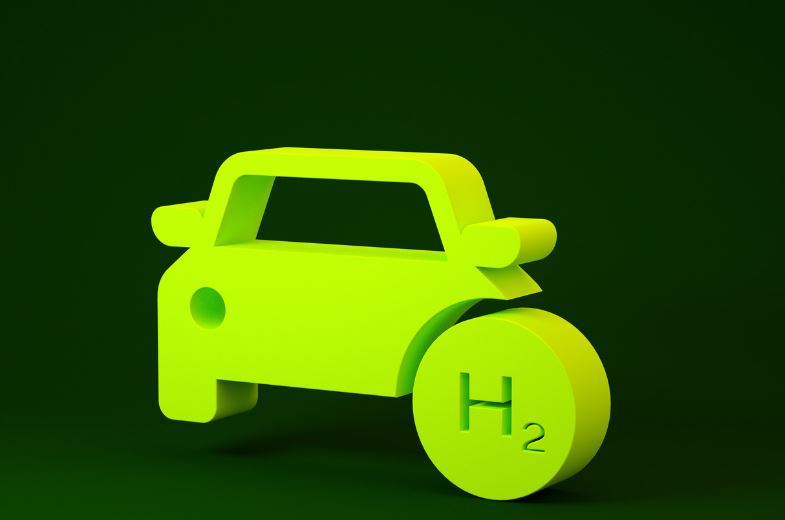As the automotive industry explores alternatives to fossil fuels, liquid nitrogen cars have emerged as a potential game-changer. With claims of rapid refueling times and low emissions, they offer an intriguing alternative to electric and hydrogen vehicles.
One of the key advantages of liquid nitrogen vehicles is their quick refueling capability. Unlike electric cars, which require time-consuming charging sessions, liquid nitrogen can be replenished rapidly, akin to traditional gasoline vehicles. Additionally, liquid nitrogen is fire, rust, and toxic-free, offering a safer alternative compared to gasoline and some newer battery technologies used in electric cars.
Liquid nitrogen vehicles produce only cold air as exhaust, making them a low-emission option. Since nitrogen and oxygen are abundant in the air, this technology could potentially reduce carbon footprints significantly. Moreover, nitrogen can be produced through air fractionation powered by renewable energy, supporting a fully sustainable fuel cycle.
The simplicity of the nitrogen engine’s design could translate into lower manufacturing and maintenance costs. The availability of nitrogen, as a component of air, further supports its potential for widespread use.
Liquid nitrogen cars present a promising yet challenging alternative to current green transportation technologies. Their benefits, including rapid refueling and low emissions, are significant. However, their practicality is hindered by issues related to range, efficiency, and infrastructure.
The next few years will be crucial in determining whether liquid nitrogen technology can overcome these challenges and establish itself as a competitive option in the automotive market. With ongoing research and technological advancements, liquid nitrogen vehicles may eventually contribute to a more sustainable transportation system.





